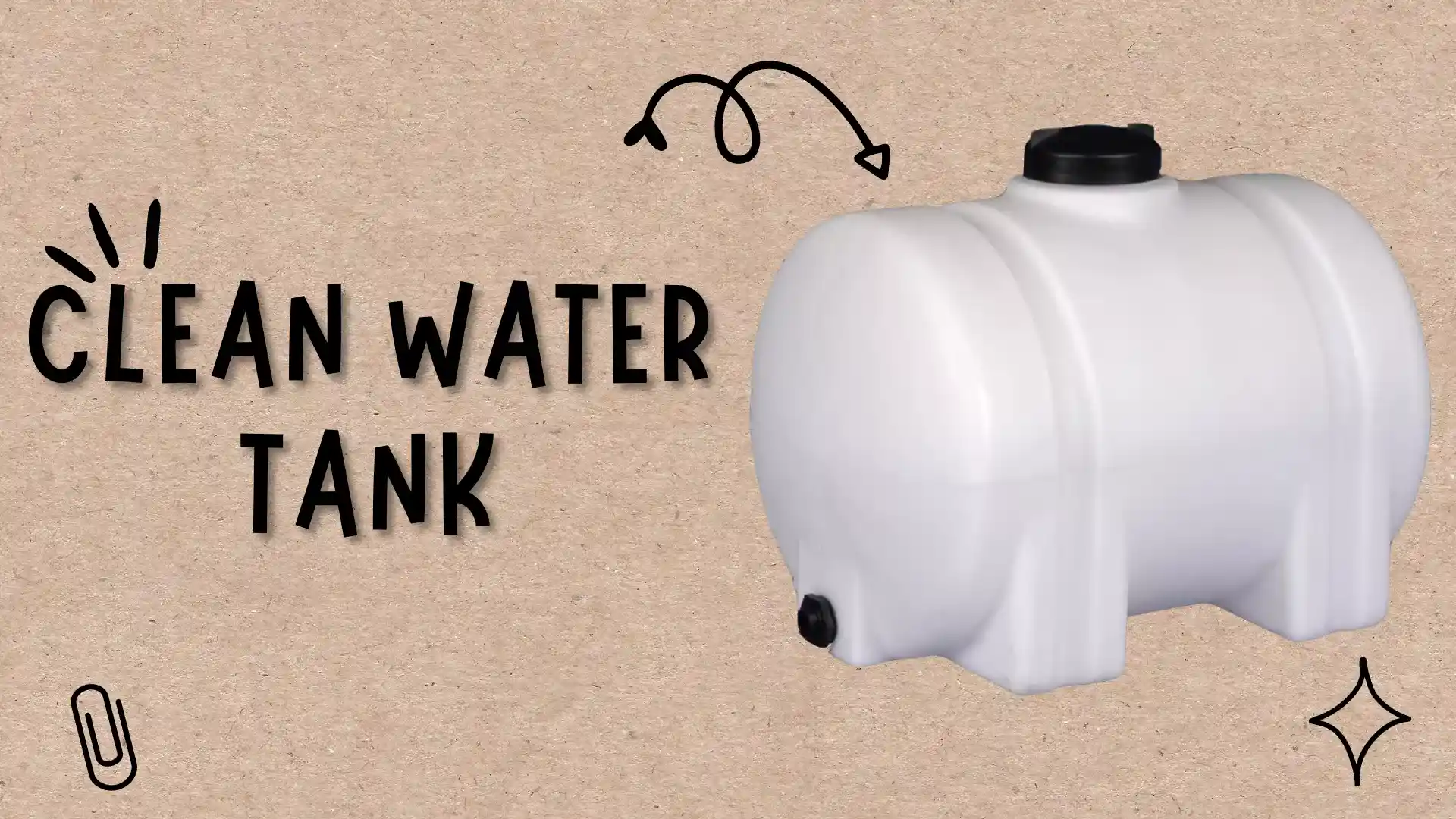How To Clean Water Tank Without Removing Water. Water tanks are a necessity in most households. However, if you do not clean them after every 6-7 months, then they can be dirty and unsanitary. If your water tank has been cleaned for a while, it can cause problems for your family and home.
You should regularly inspect and clean your home’s water tank. Although cleaning the tank itself is very easy, removing and replacing the water can be pretty troublesome, you can also see here how to clean water tank filter.
In this post we will share step-by-step guide on how to clean water tank without removing water from it. This guide is perfect if you’re wondering how to clean a water tank without removing water. You’ll find detailed instructions for quickly and easily disinfecting your water storage tank.
How To Clean Water Tank Without Removing Water
Siphoning
Using this method, those living in homes with smaller water storage tanks might save money. However, if you’d prefer to make do with what you already have, we have developed a detailed guide on constructing a siphon for your work.
- Find a length of bendable plastic tubing. Ensure that it is long enough to reach the base of your tank.
- Then, you may finish it off using a standard kitchen funnel.
- Soak the tube in water until the horn is halfway complete. Verify that any air leaks have been plugged in.
- Hold the tube vertically with a watertight gasket over the open end to prevent water from leaking.
- To move the tube around within the tank, you need to connect it to a long pole.
- When complete, you may lower the tube’s funnel end into the tank while holding a bucket at the other end.
- All of the sediments in your tank will be collected here.
- Then, remove the plug and let the vacuum pressure clean the tank.
An electrically powered siphoning system, like the ones used for cleaning swimming pools, may be appropriate for individuals who utilize larger water storage tanks. It does the same thing, but at a more expensive rate.
Other Methods
Cleansing agents are often injected into the washing water through a dosing pump, typically air-driven, and a fitting attached to the deck’s washing pipe.
There is no longer a need for a dosing pump when the cleaning agent is introduced to the suction side of the washing water pump. Reduced precision in dosage and more effort are two consequences.
To increase the cleaning power of washing, rather than just diluting the water with cleaning agents, you may add the cleaning agents straight to the washing water. It is recommended to wash for 1-2 hours. The final rinse is performed in either saltwater or freshwater, depending on the loaded product.
Conclusion:
Therefore, it is concluded that it is the most critical job to clean the water tank of your house. Your family’s health is worth the four to six hours it will take you to clean the complete water tank. Several companies provide affordable tank cleaning services.
But follow our guides that are very easy to apply, and you will get great results. But be careful while using detergents and any chemicals, and also clean them thoroughly so that it should not mix with water. We are certain that you will find our essay to be both entertaining and informative.
FAQs
How do I clean my water tank with warm water?
You can use a simple technique to clean your water tank. Put some dish soap drops into a spray bottle of hot water and use it to clean the water tank. Then, spray the area around your water tank until it begins to foam. After 5 minutes, give it a good rinse to eliminate any lingering soap.
Can I use my pressure washer to clean my water tank?
Yes, you can use a pressure washer to clean your water tank. However, we recommend using a siphon hose with a high-pressure nozzle on it, as this will ensure that all of the debris is removed from the bottom of the tank.
How do I remove rust stains from my water tank?
You can use a wire brush on the inside of your water tank to scrape off any rust stains that have built up over time. There may be a need to replace the whole tank if there is a significant amount of rust.

